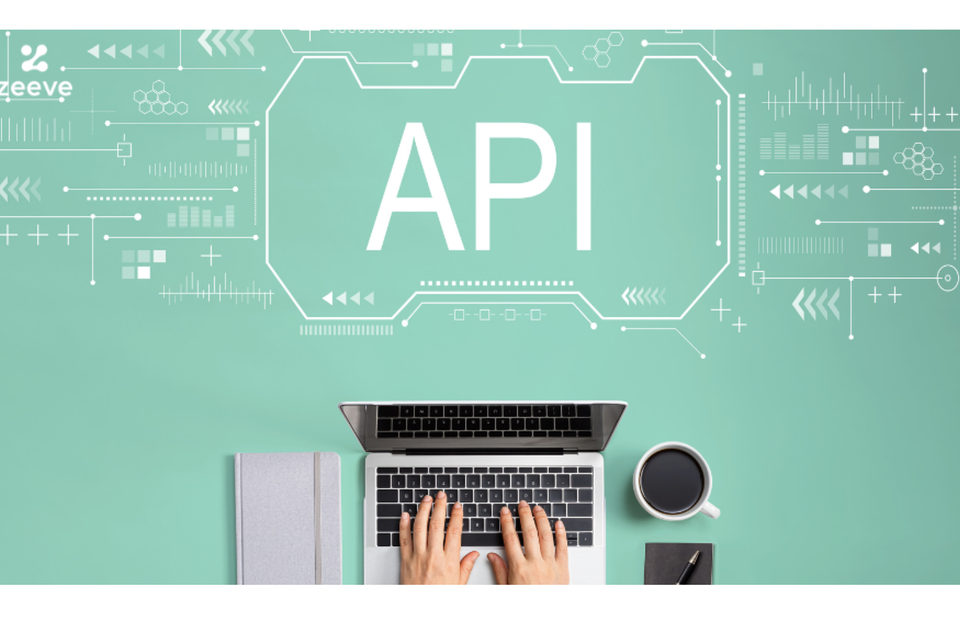
The Role of APIs in Web Development
Application Programming Interfaces (APIs) have become a cornerstone of modern web development, enabling seamless interactions between different software systems. They provide a standardized way for applications to communicate and share data, fostering innovation and enhancing functionality. Here’s a detailed look at the role of APIs in web development and how they impact the creation and functionality of web applications.
1. Understanding APIs
An API is a set of rules and protocols that allows different software applications to interact with each other. APIs define the methods and data structures that developers use to interact with a service or application, whether it's retrieving data, sending commands, or integrating with external systems.
Key Components:
- Endpoints: Specific URLs where API requests are sent.
- Requests and Responses: API requests are made to endpoints, and responses are returned in a predefined format (usually JSON or XML).
- Authentication: Methods to verify that requests are coming from authorized sources, such as API keys or OAuth tokens.
APIs play several crucial roles in web development, providing numerous benefits to developers and end-users alike.
- Data Integration: APIs enable web applications to integrate with external data sources, such as social media platforms, payment gateways, and cloud services. For example, a travel booking site might use an API to fetch flight and hotel data from various providers.
- Enhanced Functionality: APIs allow developers to extend the capabilities of their web applications by incorporating third-party services and features. This can include anything from maps and geolocation to machine learning and analytics.
- Streamlined Development: By leveraging existing APIs, developers can avoid reinventing the wheel and focus on building unique features for their applications. This can lead to faster development times and reduced costs.
- Interoperability: APIs facilitate communication between different software systems and technologies. This is especially important in complex environments where multiple applications and services need to work together seamlessly.
- Social Media Integration: APIs from platforms like Facebook, Twitter, and LinkedIn allow developers to integrate social sharing, login features, and user engagement tools into their websites.
- Payment Processing: Payment gateway APIs, such as those from Stripe or PayPal, enable secure and efficient payment transactions on e-commerce sites.
- Mapping and Geolocation: APIs like Google Maps or Mapbox provide interactive maps, location-based services, and geocoding functionalities that enhance user experience.
- Authentication: APIs such as OAuth and OpenID Connect are used for user authentication and authorization, allowing users to log in using their credentials from other services.
- Content Management: APIs from content management systems (CMS) like WordPress or Contentful allow developers to manage and retrieve content dynamically, enabling headless CMS architectures.
Creating an effective API involves careful planning and adherence to best practices to ensure reliability, scalability, and ease of use.
- RESTful Principles: Most modern APIs follow REST (Representational State Transfer) principles, which involve using standard HTTP methods (GET, POST, PUT, DELETE) and organizing endpoints logically.
- Versioning: Implementing versioning in your API allows for backward compatibility and smooth transitions when updates or changes are made.
- Documentation: Comprehensive and user-friendly documentation is crucial for developers to understand how to use the API effectively. Tools like Swagger or Postman can help with documentation and testing.
- Security: Secure your API using authentication mechanisms (e.g., API keys, OAuth) and implement encryption (e.g., HTTPS) to protect data in transit.
- Error Handling: Provide clear and consistent error messages to help developers diagnose and fix issues. Use standard HTTP status codes to indicate the success or failure of requests.
As technology continues to evolve, APIs are becoming even more integral to web development. Emerging trends include:
- GraphQL: A query language for APIs that allows clients to request specific data, leading to more efficient data retrieval and reduced over-fetching.
- Microservices: APIs are central to microservice architectures, where different services communicate through well-defined APIs to build scalable and modular applications.
- API Gateways: These tools help manage, monitor, and secure APIs, providing features like rate limiting, analytics, and caching.
- Serverless Computing: APIs play a significant role in serverless architectures, where functions are triggered by API requests, allowing for scalable and cost-effective server management.
APIs are a fundamental component of modern web development, enabling integration, functionality, and scalability across applications and services. By understanding and utilizing APIs effectively, developers can enhance their web applications, streamline development processes, and deliver richer experiences to users. As technology continues to advance, staying updated on API trends and best practices will be crucial for building innovative and efficient web solutions.
